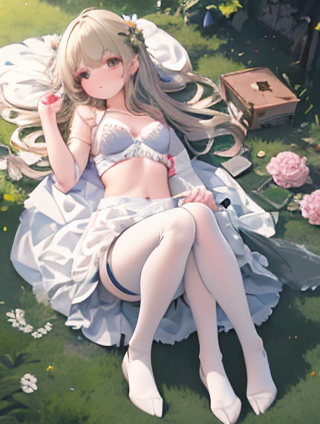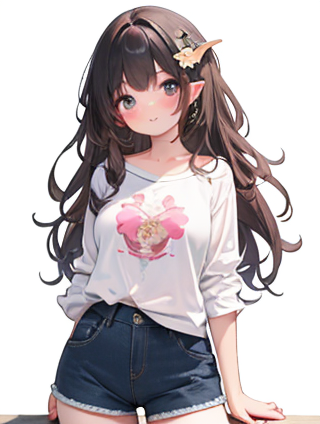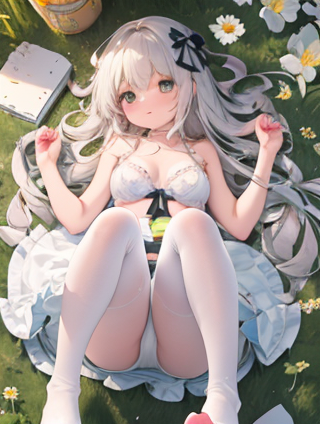TheEvolutionandTransformationofMarriageintheModernEraAPersonalReflection
- 生活
- 2025-01-25 14:02:58
- 768
In the ever-evolving tapestry of human civilization, marriage stands as a significant thread, reflecting both societal norms and individual choices. Over centuries, the institution of marriage has undergone profound transformations, adapting to changing times while retaining its core essence. This essay explores the evolution of marriage, highlighting key milestones in history and modern perspectives, to understand how this institution has shaped our lives.
Historical Context: From Arranged Marriages to Love Matches



Marriage as we know it today bears little resemblance to its origins. In ancient societies, marriages were often arranged by parents or community leaders for practical reasons such as alliance-building, inheritance, and ensuring family stability (Bianchi et al., 2017). The concept of love was seldom a factor; rather, the focus lay on maintaining social order and economic balance.

The Middle Ages saw a shift towards a more personal union. With the rise of feudalism, marriages began to be seen as alliances between families rather than mere political tools. By the Renaissance period, individual preferences started influencing marriage decisions (Pettegree, 2014). The Protestant Reformation further democratized marriage by promoting the idea that individuals had the right to choose their life partners.



In the 19th century, as social norms evolved and romantic literature flourished, \
